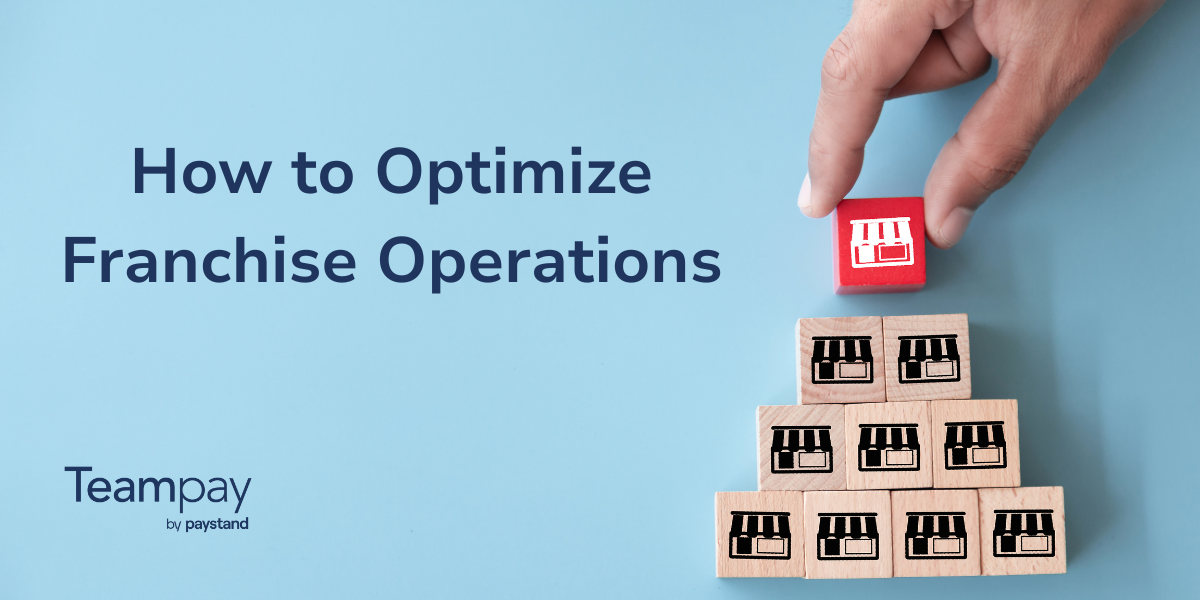It's the moment we've all been anticipating. What we in finance have been building up to all year: year-end close.
By now, you've likely mastered your month-end close. But a year-end close is a much larger endeavor. Not only is this your final chance to accurately reflect your fiscal year activities, it is the precursor to the upcoming audit season.
More than 82% of finance teams find month-end close to be a negative experience — and we imagine that closing 12 of them isn't considered more enjoyable. Following the right workflows for your remote year-end close is key to making the process as efficient as possible. Below are four tips to do just that.
Keep the dialogue going
Zoom fatigue is real, and we understand the temptation to treat your year-end close as a task limited to select individuals within your company.
But in a remote environment especially, communication is extremely important. And it comes from the top. “Communication is the responsibility of the leader, not the led,” says Peter Nesbitt, VP of Finance at Teampay. “Over-communicating needs to happen when you don’t have in-person communications.”
Remote employees can’t physically walk over to your desk to ask a question or quickly touch base, which could lead to misalignment. Instead, set up virtual check-ins and working sessions to help ensure that team members stay on track with their specific tasks during the close.
Make sure each meeting has a clear agenda, as well as action items you are hoping to walk away with. Send those out prior to the call, and share the notes mapped back to the agenda and action items afterwards.
Support your team
Year-end close is stressful, often marked by long hours at work for the finance team. Simply ensuring that they can access the information they need, when they need it, is the first step toward reducing friction.
The same goes for employees outside of finance. While they might not be feeling the impact of year-end close specifically, most employees do have to work with finance at some point. And they may find it a stressful experience.
Nearly all employees regularly make business purchases, not only a central procurement department. This often means finding a shared corporate card, submitting expense reports and receipts, and/or chasing someone else down to buy something on your behalf.
It’s a complex process, and it’s easy for employees outside of finance to mess up: accidentally spending out-of-bounds, filling out their expense report incorrectly, or forgetting to send in a receipt.
By giving employees a central hub to request funds, receive payment methods, and submit receipts, finance teams can make the purchasing process clear and accessible by all employees, wherever they are. Automatic rules and alerts ensure compliance and make it easy for employees to do the right thing.
This reduces your guesswork during year-end close: no more back-and-forth with employees to try to figure out who bought what and why; no more chasing down employees for receipts; and no more reversing your balances when you realize that employees spent more than they should have.
Start earlier than you think
Traditional accounting cycles require finance teams to wait until the end of the month to know how much has been spent across their organization. They often find themselves looking in the rearview mirror, conducting analysis using last month’s numbers.
Finance teams need real-time visibility to truly understand spend activity across the company. By enabling automatic reconciliation in QuickBooks, NetSuite, or Sage Intacct immediately post-transaction, they can see accurate information at any time and adjust accounts as necessary, instead of reversing your balances at the end of the year. This allows finance teams to achieve a kind of continuous close, rather than saving all the hard work for the end of the year.
More than 60% of finance professionals say they have to conduct “best-guess accounting” during their close. Distributed spend management software proactively collects spend data, ensures pre-approvals, and requires employees to code purchase requests upfront. By proactively answering questions about transactions, this system eliminates manual guesswork and frees your team from frustrating back-and-forth. This can save a lot of time when January hits.
Automate as much of the process as possible
Year-end close is often characterized by long days of tedious manual work - but it doesn’t have to be. Distributed spend management software automates the reconciliation process in most major accounting systems. Integrations with QuickBooks, NetSuite, and Intacct allow purchase data to be automatically passed through to your accounting software in real time.
This means that manual data entry is a thing of the past. Transaction data is transmitted to your accounting system, correctly coded. By taking over the grunt work, automation software allows your team members to focus their energy on more valuable tasks.
Further, automated reconciliation is conducted in real-time, which supports a more continuous close. Real-time reconciliation gives finance teams full transparency into all the spend happening across their company now, not just the spend that happened last month.
Distributed spend management software proactively controls spending, enables real-time visibility into spend data, and automates reconciliation. The reduction in manual tasks will lead to significant time savings, which you can use to develop strategy and deliver valuable insights to stakeholders.
Take time to review and optimize
Closing the books isn’t just about closing the books. Once the hard work is done, it’s time to review and optimize the process for next year.
Ask yourself:
- What took the most time to complete?
- What roadblocks did I encounter?
- What do I need to speed up the process?
By opening up the conversation, finance teams can explore ways to modernize their processes going forward. Tools such as distributed spend management software can help set your team up for success in the upcoming year.












